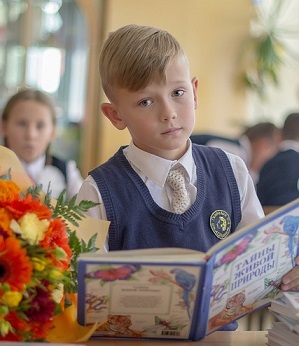Your cart is currently empty!

PIRLS 2016 Reading Test, Post
PIRLS 2016 Reading Test
PIRLS 2016 Reading Test and the report is out. PIRLS stands for Progress in International Reading Literacy Study. Many western nations participate as well as Hong Kong, Singapore, South Africa, some Middle Eastern nations, and the Russian Federation.
In regard to the Russian Federation’s outstanding performance, some factors throw light on the test results. On the Grade 4 test, the Russian language lends itself to early success through the simplicity of the letter-sound correlation. This is not the case with many other languages. It is an important consideration when weighing up the results.
The PIRLS test assesses participating cohorts in four broad processes of reading comprehension.
It does this assessment very well. These are the four processes being assessed in PIRLS:
-
-
-
- Focus on, and retrieve, explicitly stated information;
- Make straightforward inferences;
- Interpret and integrate ideas and information; and
- Evaluate and critique content and textual elements.
-
-
PIRLS Reading Skills : These skills, listed above, are not in order of difficulty. They are not a hierarchy of skills. There are many overlaps and the processes integrate with increased competence in reading.
Of interest is the fact that children in the Russian Federation scored exceptionally well in PIRLS. And yet, the area where they had a degree of weakness – if they had any weakness at all – was in “retrieving explicitly stated information”. Teachers usually see this as the easiest of the comprehension processes. This evidence, however, calls this belief into question.
Good readers can skim and scan for general ideas but they must learn to read carefully for detail.
Link: Reading – 3 Levels of Text, Post
Reading for detail is critically important in the development of competence in reading. In a test question, a student may be asked to give two examples and miss it. Developing the habit of careful reading for detail is just as important as skimming for the broad picture.
When a reader does not flip back to the text to check precise information, it can produce two problems.
- Firstly, the reader tends to revert to their own knowledge from their experiences.
- Secondly, they have only a poor and generalised understanding of the text.
The ability to retrieve specific information from a text can be under-estimated. Skill in doing this is fundamental to reading comprehension.
This Post relates directly to the skill of close reading: Close Reading – Literacy, Post
Good readers fill in the gaps between pieces of information. They also link these pieces more correctly. They relate the local meaning of the fragment of information to the overall meanings. They know where to find one fragment in the text and relate it to another fragment.
Synthesizing information involves integrating consistent hints that are scattered through the text to produce a correct impression and answer. In the 2016 PIRLS test the 4th graders in the Russian Federation, scored 76% correct compared with the 49% correct for the international average on questions requiring the synthesis of information in a text.
When integrating information from the text, the reader is constructing the images in sequence and against a background of personal experience. For instance, the reader will infer motive in a character based on the described behaviour of the character combined with their own life experience. This ability to infer meaning from understatements about characters’ behaviour and feelings as the author describes them is part of the synthesis of detail.
In a question about whether the title of a text is the right title, there is often more than one correct answer. This would depend on how the reader interprets the text and what the reader thinks is the more important theme of the story. This kind of question bears directly on how the reader’s mind meets the text and what the reader brings to the reading from personal experience and opinion.
What is of interest is this:
Despite excellent results in PIRLS for 4th graders, the Russian Federation’s students plateau between 4th grade and 8th grade as all students, in general, appear to do. But they plateau at a higher level than their international counterparts. Student progress does not move in a predictable, uninterrupted diagonal.
Adapted from Galina Zuckerman et al, Russian Academy of Education. Translated from Russian by I. Zhuchkova. It does include some opinions. Here is the link: https://vo.hse.ru/data/2018/04/18/1150436330/Zuckerman.pdf